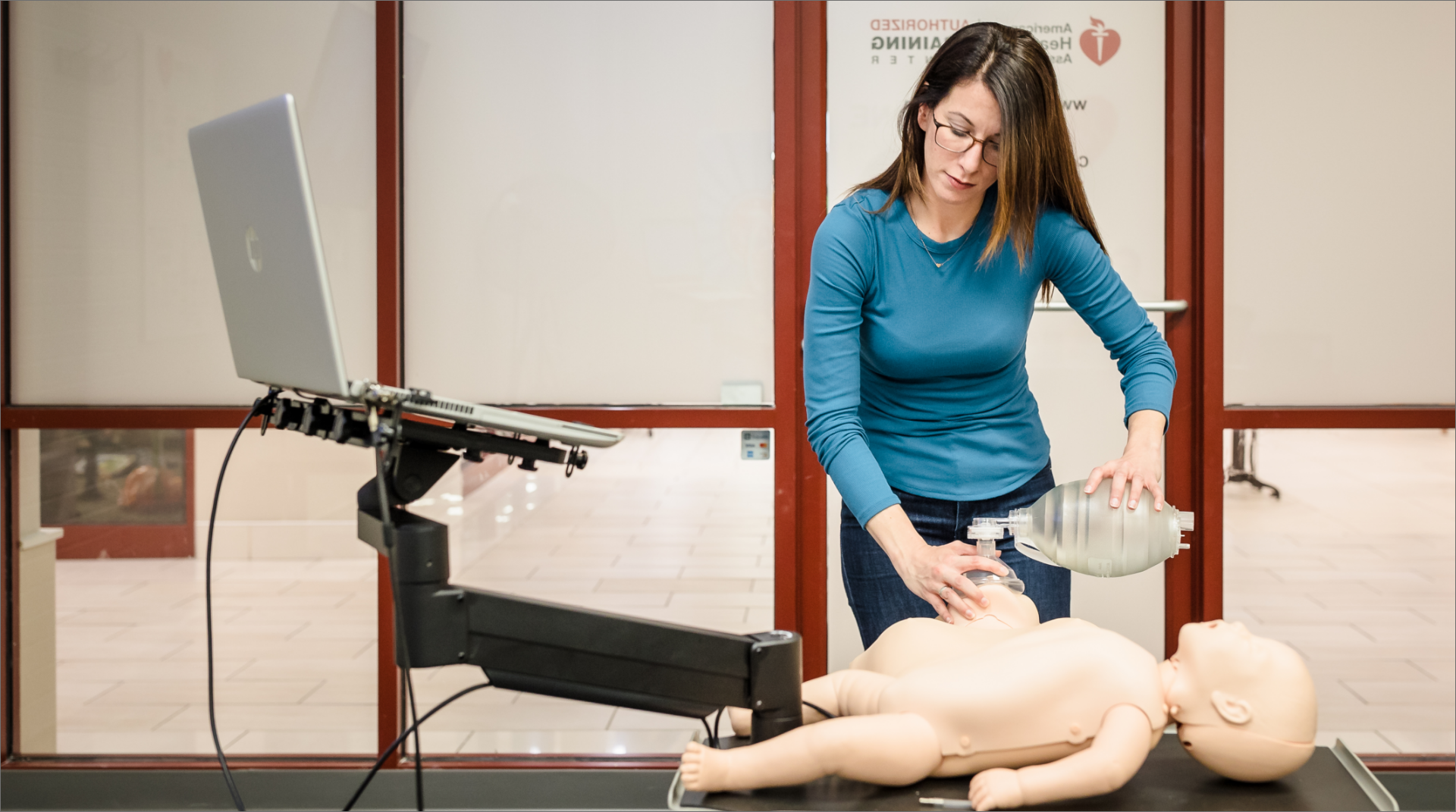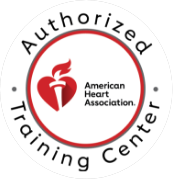

CPR Resource Center
The most comprehensive library of emergency training resources — including videos, articles, downloads, and more.


The most comprehensive library of emergency training resources — including videos, articles, downloads, and more.
The question “Do I need CPR training in order to use an automated external defibrillator?” is one that comes up frequently. The short answer is no but let’s take a closer look at this subject. It is entirely possible that because of a variety of reasons, many see the use of defibrillators as a complicated and potentially harmful procedure. Complete with “paddles” and an intervention best reserved for those with advanced medical training. This could not be further from the truth.
Automated external defibrillators or AEDs are used in combination with cardiopulmonary resuscitation (CPR) to treat sudden cardiac arrest, which is described as the abrupt loss of heart function in a person who may or may not have been diagnosed with heart disease. It can come on suddenly or in the wake of other symptoms.

SCA is further described by the American Heart Association as occurring suddenly and often without warning. It is triggered by an electrical malfunction in the heart that causes an irregular heartbeat or arrhythmia. With its pumping action disrupted, the heart cannot pump blood to the brain, lungs and other organs. Seconds later, a person loses consciousness and has no pulse. Death occurs within minutes if the victim does not receive treatment. It is important to note that while linked, heart attack and cardiac arrest are two distinct health conditions.
According to the National Academies of Science, sudden cardiac arrest can strike a seemingly healthy individual of any age, race, ethnicity, or gender at any time in any location, often without warning. Cardiac arrest is the third leading cause of death in the United States, following cancer and heart disease. Four out of five cardiac arrests occur in the home, and more than 90 percent of individuals with cardiac arrest die before reaching the hospital.
Data reported in the American Heart Association’s Heart & Stroke Statistics – 2020 Update show that sudden cardiac arrest continues to be a major public health crisis with more than 350,000 out-of-hospital cardiac arrests (OHCA) annually in the U.S., nearly 90% of them fatal, according to the report. That is 1 case of SCA every 1½ minutes and ~1,000 people every day. Enough to fill 5 commercial airliners each day or one of our largest football stadiums 4 times each year.

A combination of promptly initiated CPR followed by rapid defibrillation can double or triple a person’s chances for survival. Despite the effectiveness of these treatments, the vast majority of victims do not benefit as bystander CPR rates and use of AEDs are extremely low in most areas. According to 2018 data from the Cardiac Arrest Registry to Enhance Survival, laypersons in the U.S. initiated CPR in only 39.2% of out of hospital sudden cardiac arrests. AEDs were used in 7.3% of cases and delivered a shock in 1.7% of cases.
A number of reports have illustrated that bystander CPR can substantially improve rates of survival from sudden cardiac arrest. A bystander is a person who happens to be near the victim and who is not part of the organized emergency response system. In fact, more than 80 percent of cardiac arrests occur in and around the home and are witnessed by a family member or friend.
CPR training is affordable, easy to learn, easily accessible and is appropriate for all to learn. Any CPR is better than no CPR and your actions can only help. Good Samaritan Laws are designed to protect people who give CPR and other emergency help in good faith without the threat of a lawsuit.
There is an endless list of rationalizations and excuses for not learning and performing CPR.
There are some very good reasons to learn and perform CPR. Count the number of persons in your family and add to that the number of friends that you have. The sum equals the number of completely legitimate reasons for you to learn CPR. Courses in CPR are available from your local EMS agencies and professional training companies such as Code One Training Solutions.
The U.S. Food and Drug Administration describes AEDs as a type of computerized defibrillator that automatically analyzes the heart rhythm in people who are experiencing cardiac arrest. When appropriate, it delivers an electrical shock to the heart to restore its normal rhythm. The conversion of a ventricular arrhythmia to its normal rhythm by an electrical shock is called defibrillation. Defibrillation is time-sensitive. The probability of survival decreases by 7 percent to 10 percent for every minute that a victim stays in a life-threatening arrhythmia.
AEDs are intuitively easy to use, but training in the use of AEDs is highly recommended. This training, in connection with CPR training, is offered by the American Heart Association, the American Red Cross and a host of well recognized organizations.
Classes can teach you how to recognize the signs of a sudden cardiac arrest, when to call emergency medical services, how to do CPR, and how to use an AED.
Some people may be afraid to use an AED because they’re worried something may go wrong. But most states’ Good Samaritan laws and the Federal Cardiac Arrest Survival Act provide some protection for bystanders who respond to emergencies.
If you see someone collapse, call 911 and send someone to fetch a nearby AED. If the victim is not breathing or not breathing normally, perform CPR, turn on the AED when it arrives and follow the instructions that it provides! Remember that your actions can only help! Inaction will more often lead to death so be the help rather than wait for the help.
In short, although formal training in the use of an AED and CPR training is recommended to help you increase your level of confidence and improve the quality of CPR that you provide, it is not required. AEDs are intended for use by the general public — with or without specialized training.
Help Me Find a Course